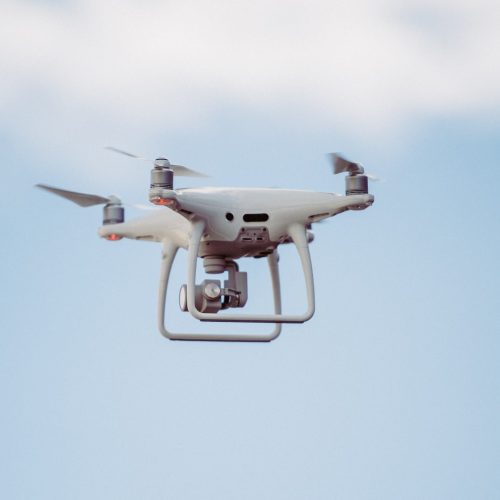Where are we going with Wearable Technology?
Wearable technology doesn’t sound futuristic anymore, not now that we have become accustomed to watches that count our steps and go-pro style camera’s that can record our every move, but take yourself back ten years and imagining trying to explain this technology; did you even have a social media account back then, could you have imagined tracking your own health or sharing every moment of a sky dive with your friends? You’d, most likely, think the idea was something from a far dystopian future.
The current rate of change in technology is so rapid that it is seemingly more limitless by the day.
A lot of our theme parks and shopping malls are using electronic wristbands to keep track of the children inside, you can now upload videos to Snapchat via a pair of sunglasses and there are even backpacks that have built-in solar boards to charge your phone whilst you’re on the go. Wearable technology is proving more and more useful but would you consider something more permanent? Personal microchips that can be inserted in to your hand are now available in Sweden. These microchips can hold your personal information, act as train and concert tickets as well as allowing access to your office and gym. Surprisingly, these devices are easily accessible and becoming more popular, that far dystopian future doesn’t feel so far now does it?
So just where are we going with wearable technology and more importantly, do we even want to go there?
Some products are more likely to be welcomed than others; giving vision to the blind, hearing to the deaf and movement to the restricted are all advancements with overwhelming benefits, breaking down barriers that have been always been difficult to disrupt. The technology that will keep your children safe, make simple tasks easier and keep a check on your health will also continue to be big hitters in the future, as they are now. But what more can this technology do?
Can we comprehend a future where shoes and clothes generate energy from our movements, making sure we are never left short of power, and we remain at the perfect temperature? Can we imagine contact lenses integrated with a personal assistant, ensuring we never forget a name, miss a meeting or take a wrong turn? Will wearable devices develop the ability to measure our nutrition levels and order our next meal accordingly? Could we develop jewellery to measure our body temperature and blood oxygen level or nail polish that contains microchips, making your fingertips and virtual keyboards the perfect companions?
The possibilities are endless and paint the picture that wearable technology could add a lot of value to our lives, after all, the less time we spend worrying about directions, wondering if we should see a doctor or stressing about our phone battery lasting the journey home – the more of our own time we will get back. But will this gift of convenience and time come at a cost? Loneliness is set to be the next big killer, and this is largely due to the rise in our dependence on personal technology. No longer do we need to stop and ask for directions or spend time with friends in order to share our holiday snaps. The reliance on other people is decreasing as technology advances and with this comes concern.
Public fear is the main problem developers will face over the coming decades. What if our personal chip gets hacked? What if our health monitor malfunctions? What if we can never truly feel a sense of privacy?
What if our decision to go hands-free means we can never fully disconnect?
Without trust and consequently public interest, tech companies won’t be incentivised to continue developing wearable technology, even now, as popular as smart watches are, they still divide opinion and have yet to become the essential item for everyone.
Designing wearable technology comes with a responsibility that must not be overlooked – technology in all forms cab change the way we live our lives but wearable technology can arguably affect the user more acutely; wearable technology collects, holds and scrutinises personal information, it can diagnose, inform and influence decisions, it can change the way we use time and alters the way we interact with other people. There is no doubt that these affects can be overwhelming positive, especially for the more vulnerable in our society, but we mustn’t forget to protect the individual and the human connections that underpin our communities whilst harnessing the power of this technology.



